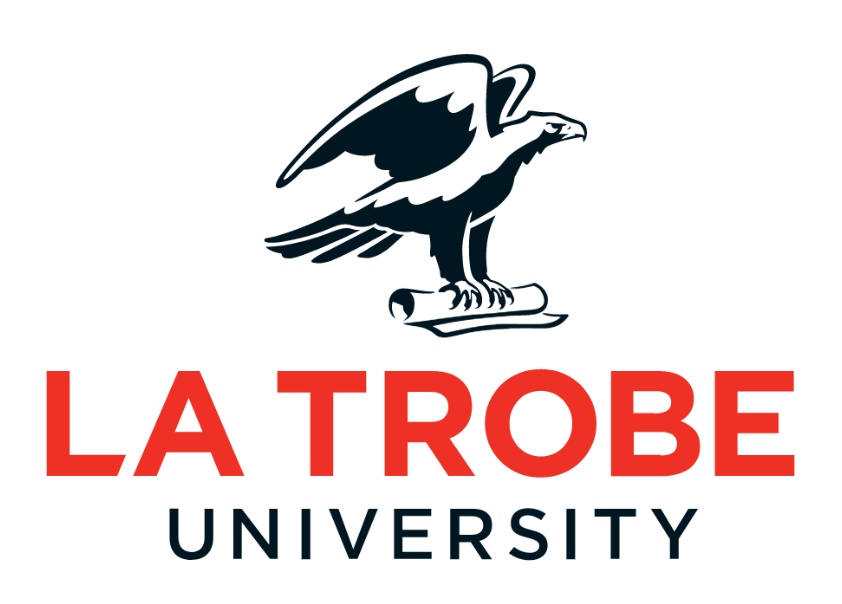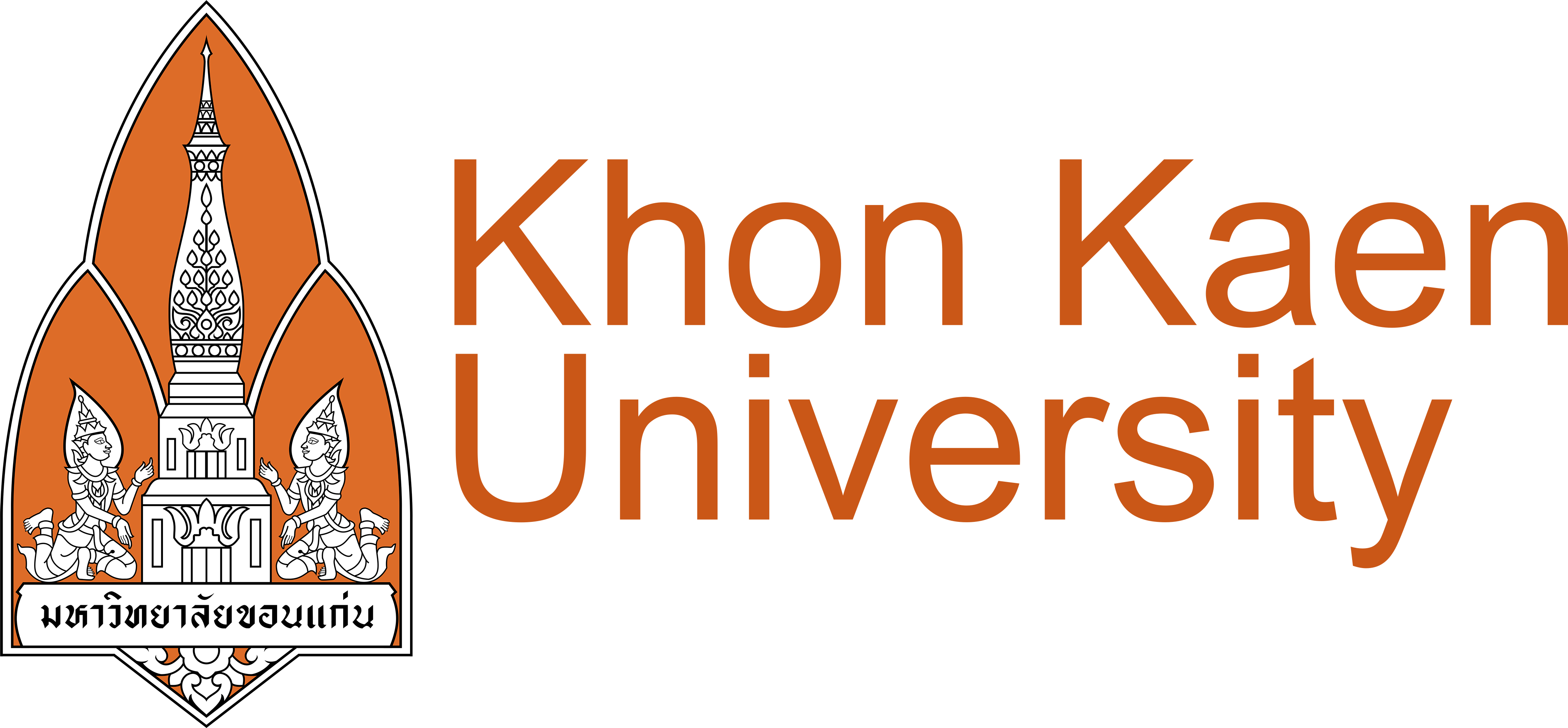The Raising of the One Piece Flag: Criticism That Needs to Be Answered with Good Performance
Gerry Katon Mahendra, a lecturer in Public Administration at Universitas ‘Aisyiyah (Unisa) Yogyakarta, described the phenomenon of flying the One Piece flag as an expression of public protest against the government. The government should view this phenomenon as motivation; the public needs improvements to the current conditions.
“It is an interesting phenomenon (the flying of the One Piece flag). From a public administration perspective, this phenomenon is a form of public protest related to the state of governance, which is considered to be falling short of public expectations. For example, it relates to tax policies, employment, and the purchasing power of the people, which are considered to be falling short of expectations,” said Gerry on Saturday (9/8/2025).
Gerry said that the government should see this as motivation, that the public needs change or improvement from the current conditions. “This non-state flag can be interpreted as a symbol of criticism that should be responded to with better performance,” said Gerry.
He said that flying this flag is not a violation as long as it does not violate any laws, is not displayed alongside state symbols, and is not flown higher than or alongside the red and white flag. “I believe that this is part of the public’s expression of criticism and hope for better conditions,” said Gerry.
Gerry said that Law No. 24 of 2009 explains that the flying of non-state symbols such as organizational flags or cultural symbols must comply with regulations that prioritize the position of the Red and White Flag in the main position, allow foreign flags only in a diplomatic context, and prohibit separatist symbols that could disrupt the unity of the nation. It is clearly explained that the dignity of the National Flag must not be degraded, so the flying of symbolic flags, such as those that have gone viral recently, must refer back to the existing provisions.
“If they are flown alone in permitted spaces, it can certainly be interpreted as not violating the law,” said Gerry.
Gerry suggested that the government needs to apply a dialogical, persuasive, and participatory approach that provides space for the creative expression of the younger generation, while still instilling national values through education, cultural collaboration, and public role models. “If it is related to less than ideal conditions in the country, the government must not forget to remain open to criticism and to improve the quality of its performance,” said Gerry.
Gerry observed that to date, the central government and several local governments have not raised any issues, as long as the rules are not violated. However, at the technical level in the field, he saw several reports related to orders to remove certain images or symbols.
“The government should strive to be more consistent in its policies, not repressive, and prioritize an open and communicative approach towards the public. This effort is considered to be more effective in reducing polarization and increasing public awareness. Instead of prioritizing a harsh prohibition approach,” he said.
He also mentioned that young people today, who are part of Gen Z, are in a phase of growth where they are learning to understand various situations, including the current situation in the country. With Gen Z known for being creative, out of the box, and quick-thinking, it is very likely that the way they express their feelings will be different from previous generations, making cultural shifts inevitable.
“As long as it does not violate norms and rules, I believe it is acceptable. This is relevant to the saying that everyone has their time, and perhaps now is the time for Gen Z to express themselves in their own way. The task of the previous generation is to guide and direct them so that they do not go too far,” said Gerry.















